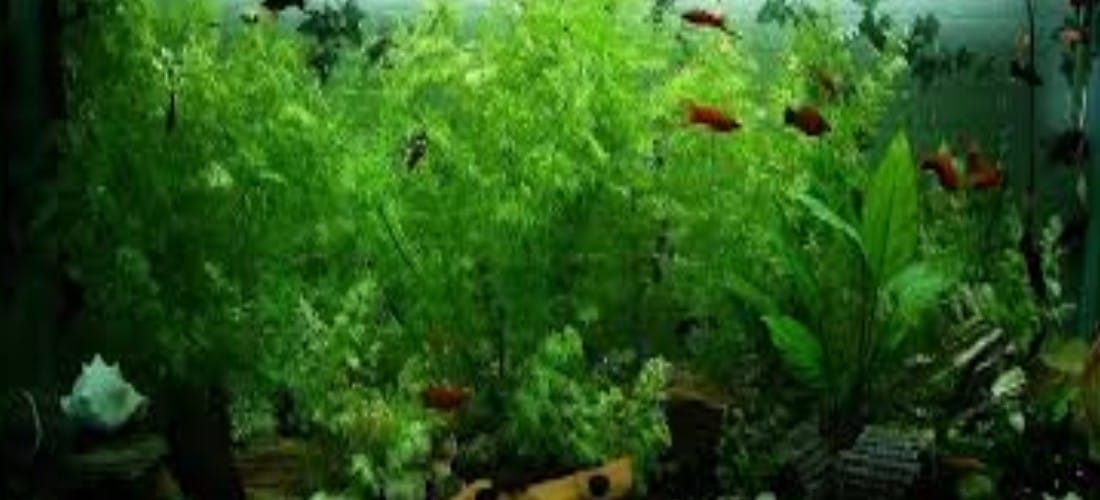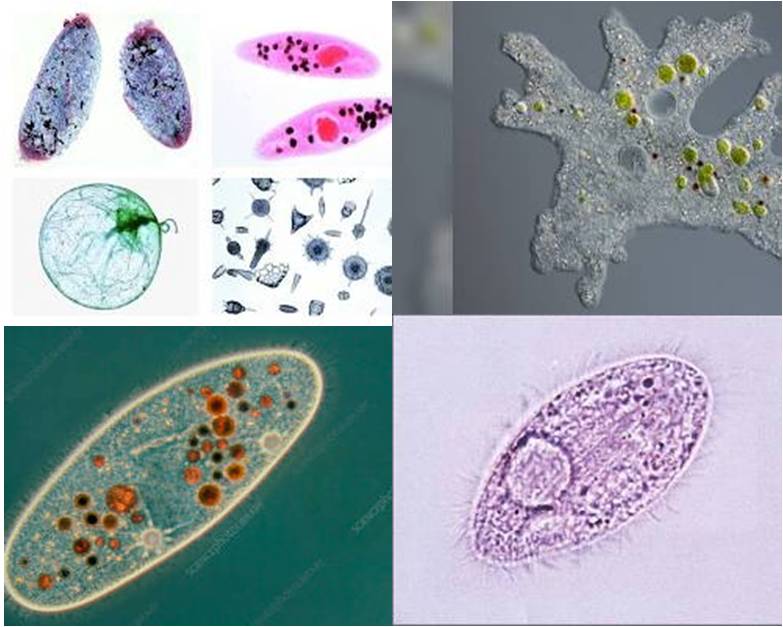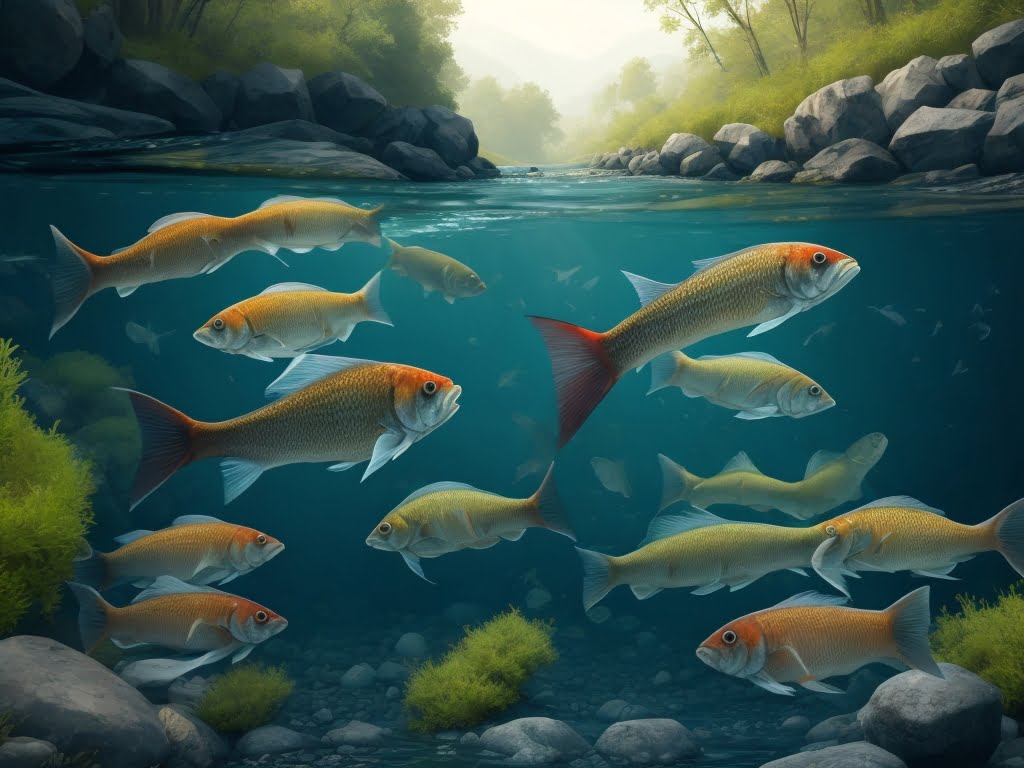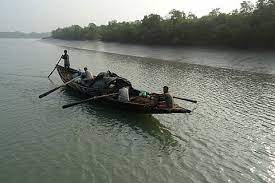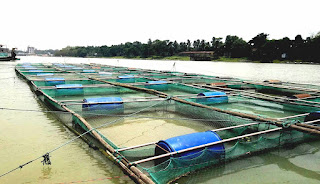Brahmaputra River and Its Fisheries: The Brahmaputra River, with its majestic flow and abundant resources, holds a special place in the hearts of people residing in the northeastern region of India. Known as the “Son of Brahma,” this mighty river is not only a lifeline for the local communities but also a haven for diverse fish species. In this article, we will explore the significance of the Brahmaputra River, the rich fisheries it supports, the fishing techniques employed, and the conservation efforts to preserve this invaluable resource.
Significance of the Brahmaputra River
The Brahmaputra River is not only a geographic wonder but also a vital source of life and livelihood for the region. Originating from the Himalayas, it traverses through the states of Arunachal Pradesh, Assam, and Meghalaya, before merging with the Ganges in Bangladesh. The river’s fertile banks provide a suitable habitat for a wide array of flora and fauna, including an impressive variety of fish species.
Brahmaputra River and Its Rich Fisheries
The Brahmaputra River is one of the largest rivers in the world, and is home to a wide variety of fish species. According to Moiwani et.al. 168 species of fish have been recorded in the river, including many that are commercially important. The Brahmaputra River fisheries play a vital role in the local economy, providing livelihood for millions of people in India, Bangladesh, and China.
Fish species in the Brahmaputra River
Some of the most common and commercially important fish species in the Brahmaputra River include:
- Indian major carps: rohu (Labeo rohita), catla (Catla catla), and mrigal (Cirrhinus mrigala)
- Indian minor carps: labeo (Labeo gonius), bata (Labeo bata), and barbs (Puntius spp.)
- Catfishes: butter catfish (Wallago attu), silurid catfishes (Eutropiichthys vacha and Ompok spp.), and bagrid catfishes (Mystus spp. and Rita rita)
- Clupeids: hilsa (Tenualosa ilisha) and sardines (Sardinella spp.)
- Chital (Chitala chitala) and notopterus (Notopterus notopterus)
- Live fishes : Channa sps, Mastacembelus armatus, Anguillia bengelnesis etc
- Prawns: Macrobrachium malcolmsonii, Palaemon lamarii
Popular fish Species found in Brahamaputra river
1. Hilsa Fish
The Hilsa fish, also known as the “Queen of Fishes,” is highly prized for its delicate flavor and rich nutritional content. It undertakes a long migration from the Bay of Bengal to the freshwater reaches of the Brahmaputra for breeding. Hilsa fishing plays a vital role in the local economy, with fishermen eagerly awaiting the Hilsa run each year.
2. Golden Mahseer
The Golden Mahseer, revered as the “Tiger of Indian Rivers,” is a prized catch for anglers and sport fishermen. Known for its strength and fighting spirit, this majestic fish offers an exhilarating angling experience. The Brahmaputra River is home to several species of Mahseer, attracting fishing enthusiasts from far and wide.
3. Catla Fish
Catla fish, a surface-feeding species, thrives in the Brahmaputra River. It is renowned for its size and delicious taste. Anglers and local fishermen often employ traditional fishing techniques to catch Catla, such as cast netting and hook-and-line fishing.
4. Rohu Fish
Rohu, a popular freshwater fish, is widely distributed in the Brahmaputra River. Its tender flesh and mild flavor make it a preferred choice for culinary preparations. Rohu is also extensively cultivated through aquaculture practices, contributing to the region’s fish farming industry.
5. Freshwater Prawns
The Brahmaputra River is also home to thriving populations of freshwater prawns. These crustaceans play a vital role in maintaining the ecological balance of the river. Freshwater prawns are highly valued for their culinary appeal and contribute to the local economy through domestic consumption and export.
Annual Production
The annual fish catch from the Brahmaputra River varies from year to year, but is typically in the range of 1 million to 2 million tonnes. The most important commercial fish species are Indian major carps, Indian minor carps, and catfishes.
Traditional Fishing Methods in the Brahmaputra River
Local communities living along the Brahmaputra River have developed traditional fishing methods that have been passed down through generations. These methods are well-suited to the river’s unique conditions and fish behavior. Let’s explore some of these traditional fishing techniques:
1. Cast Netting
Cast netting is a popular fishing method employed in the Brahmaputra River. Fishermen skillfully throw a circular net into the water, allowing it to sink and ensnare the fish within its mesh. The net is then skillfully pulled back, capturing the catch.
2. Bamboo Traps
Bamboo traps are commonly used to catch fish in the Brahmaputra River. These traps are crafted using locally available bamboo, strategically placed in the river to attract fish. Once the fish enter the trap, they find it challenging to escape, allowing fishermen to collect their catch.
3. Gill Netting
Gill netting involves setting a net with a series of meshes in the path of fish. As fish swim into the net, they become entangled in the meshes, facilitating their capture. Gill netting is often utilized by fishermen to target specific fish species in the Brahmaputra River.
Modern Fishing Techniques in the Brahmaputra River
Alongside traditional methods, modern fishing techniques have gained popularity in recent years. These techniques enhance fishing efficiency and enable larger catches. Let’s explore some modern fishing techniques employed in the Brahmaputra River:
1. Mechanized Boats
Mechanized boats equipped with engines and advanced navigation systems have revolutionized fishing in the Brahmaputra River. These boats enable fishermen to cover larger areas and reach deeper waters, increasing their catch potential.
2. Trawlers
Trawlers are large fishing vessels that employ a net, called a trawl, to catch fish. These powerful boats drag the net along the riverbed, capturing fish in their path. Trawlers are capable of hauling in substantial quantities of fish, contributing to commercial fisheries.
3. Fish Cages
Fish cages are enclosures placed in the river, constructed using nets and frames. They provide a controlled environment for fish to grow, protecting them from predators. Fish cages are often used in aquaculture operations in the Brahmaputra River, contributing to the sustainable production of fish.
Environmental Challenges and Conservation Efforts
The fisheries of the Brahmaputra River face various environmental challenges that threaten their sustainability. These challenges require concerted conservation efforts to ensure the long-term viability of the river’s fisheries. Let’s explore some of these challenges and the corresponding conservation initiatives:
1. River Pollution
River pollution, primarily caused by industrial waste, agricultural runoff, and urban sewage, poses a significant threat to the Brahmaputra River and its fisheries. Pollutants degrade water quality, impacting fish health and overall ecosystem balance. Conservation efforts focus on strict regulations, wastewater treatment, and raising awareness about responsible waste management practices.
2. Overfishing
Overfishing is a pressing concern in the Brahmaputra River, driven by increasing demand and unsustainable fishing practices. It threatens fish populations, disrupts the ecological balance, and jeopardizes the livelihoods of fishing communities. Conservation initiatives involve implementing fishing regulations, promoting sustainable practices, and establishing protected areas for fish breeding and spawning.
Read More:
Conclusion
The fisheries in the Brahmaputra River play an important role in the local economy and provide livelihood for millions of people. However, the fisheries face a number of challenges, including overfishing, habitat degradation, pollution, and climate change. The fisheries departments of the respective countries are working to address these challenges through a variety of measures.


